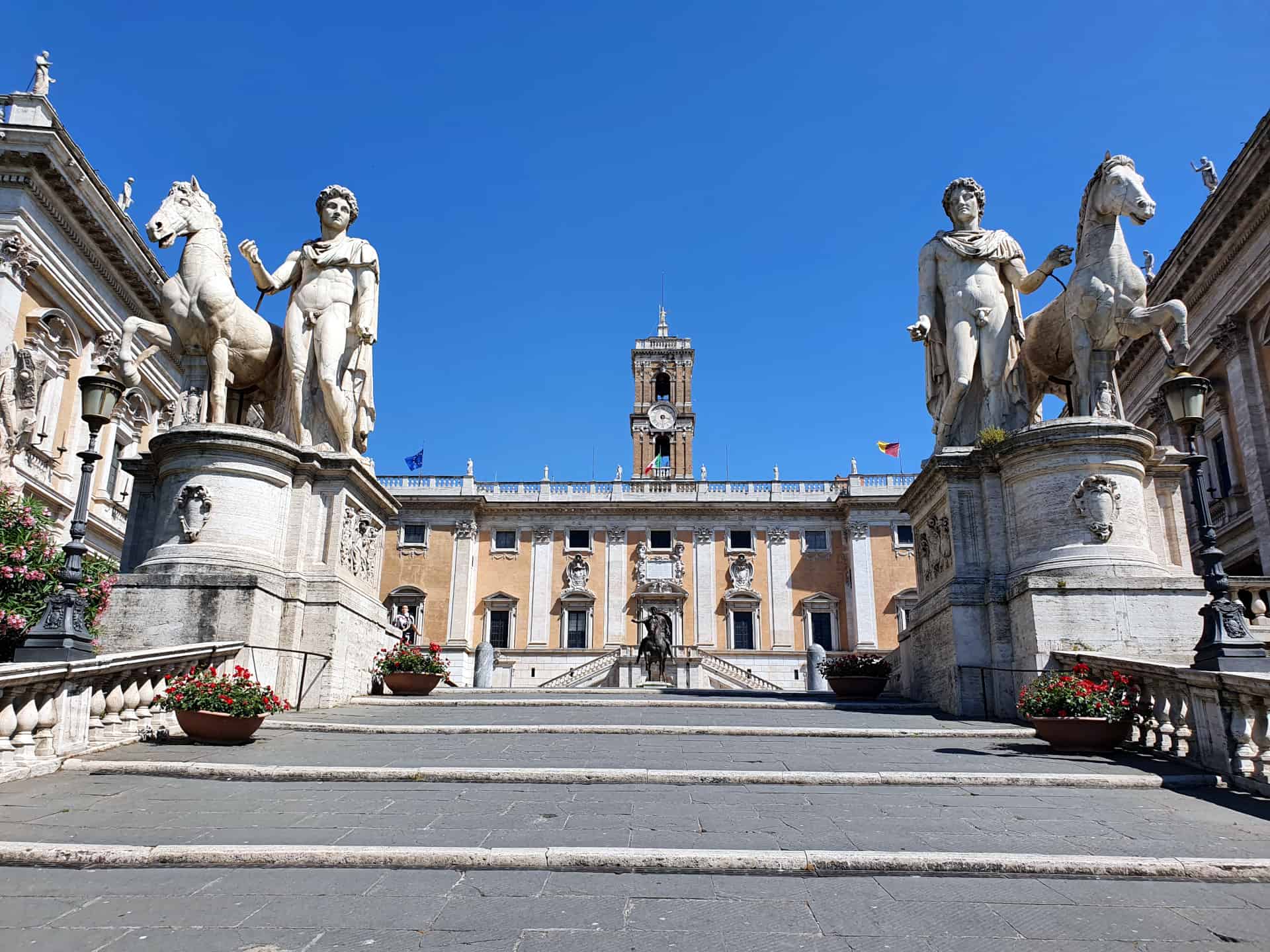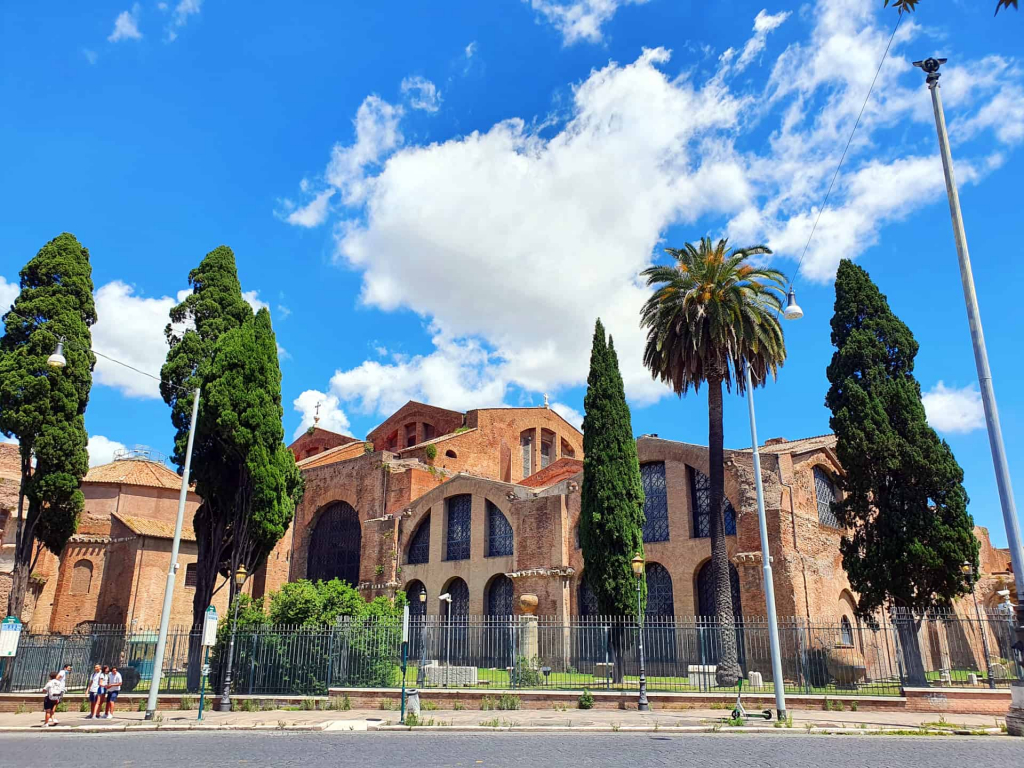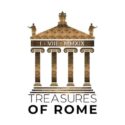
Musei Capitolini
Immerse yourself in the rich history and culture of Rome at the Musei Capitolini (Capitoline Museum), one of the city’s top museums. Offering a unique experience with art, artifacts, and ancient architecture, a visit to this iconic institution guarantees a memorable journey through time.
The Musei Capitolini is a famous museum complex located in Rome. Pope Sixtus IV laid the foundation stone for the world’s first museum when he donated a collection of antique statues to the city in 1471. This was expanded by Pope Pius V in 1566. In 1734 Pope Clement XII declared Palazzo Nuovo and Palazzo dei Conservatori to be a public museum.
Located on the Campidoglio hill, it is the oldest museum and art gallerie in the world and houses a wide range of collections, artifacts and sculptures. Visitors can admire works from classical Roman civilization and Imperial Rome, as well as paintings and portraits created over a wide period of time.
Among the most important pieces is the ancient equestrian statue of the Emperor Marcus Aurelius, which was wrongly thought to be a representation of Constantine. Because of that it is the only surviving equestrian statue of an roman emperor. Also important are the remains of the Temple of Jupiter, the Capitoline Wolf, the Capitoline Venus, the Dying Gaul and Bernini’s Medusa.
The Municipal Picture gallery (Pinacoteca Capitolina) with over 500 paintings from artists all around Europe, displays masterpieces like Caravaggio’s John the Baptist, Peter Paul Rubens Romulus & Remus, Tiziano’s Baptism of Christ, Pietro da Cortona’s Portait of Pope Urban VIII and Guido Reni’s Saint Sebastian.
The important frescoes depict famous scenes from the history of the city, including the Rape of the Sabine, the Punic Wars and the Finding of the She-Wolf.

The Cordonata leading to the Musei Capitolini (Rome)

Skip-the-Line tickets for the Musei Capitolini
Opening hours:
Monday – Sunday: 09:30 – 19:30
Buy your tickets here and skip the line!



Treasures of Rome – Rome Guided Tours
Roberto Alois Lautenschlager Kung
[email protected]
Partita IVA: 17002181000
“ROMA AETERNA EST”
Rome is eternal – (Albius Tibullus)




